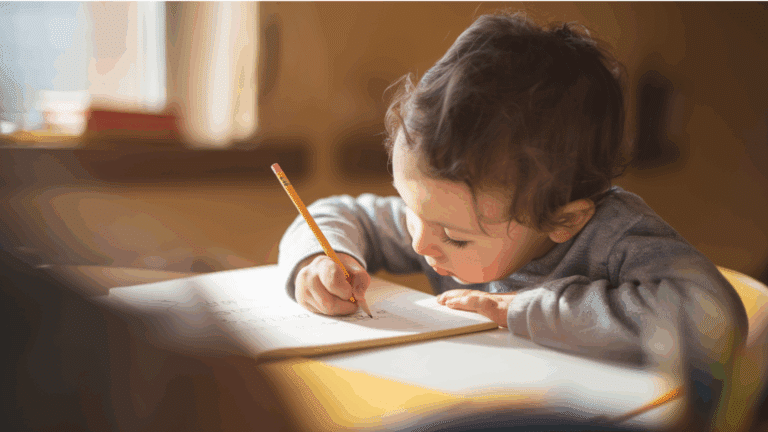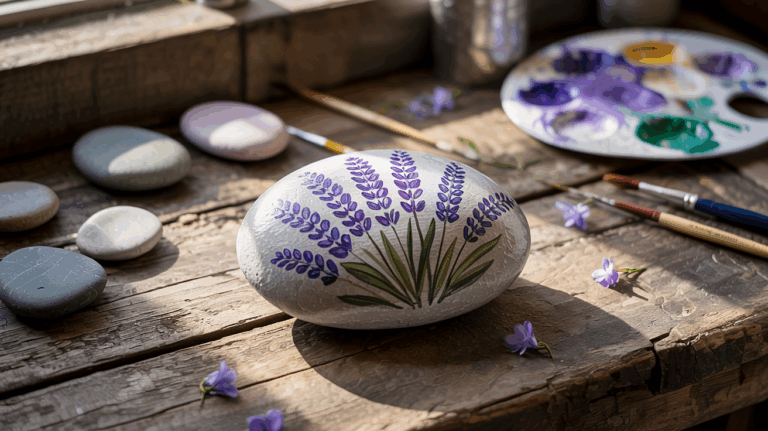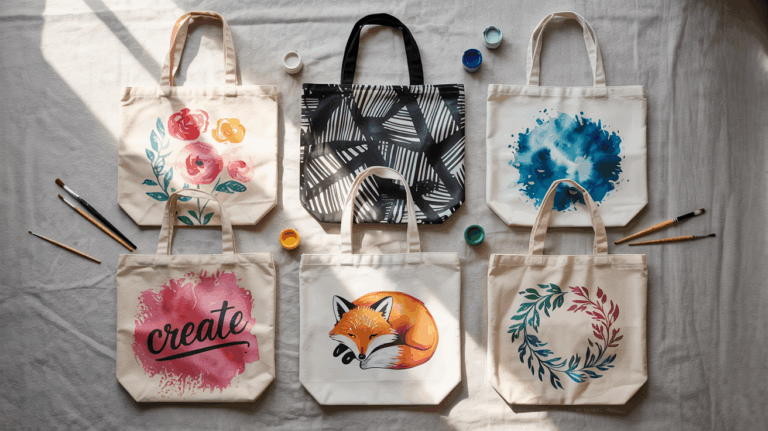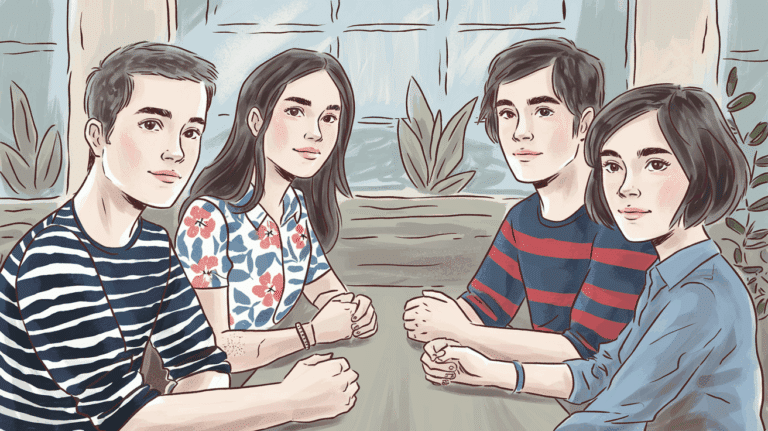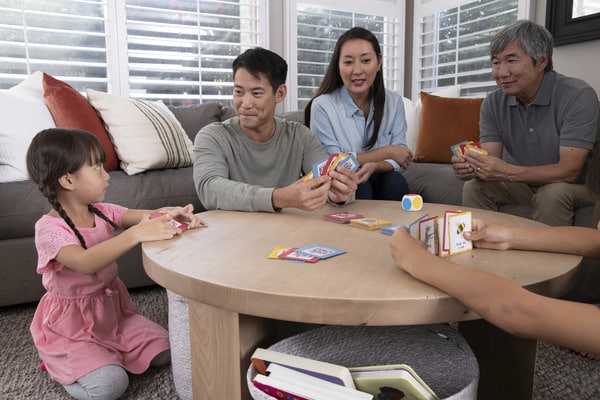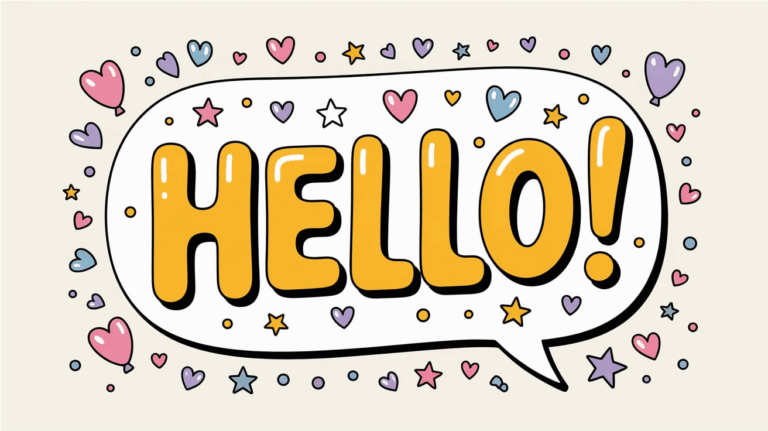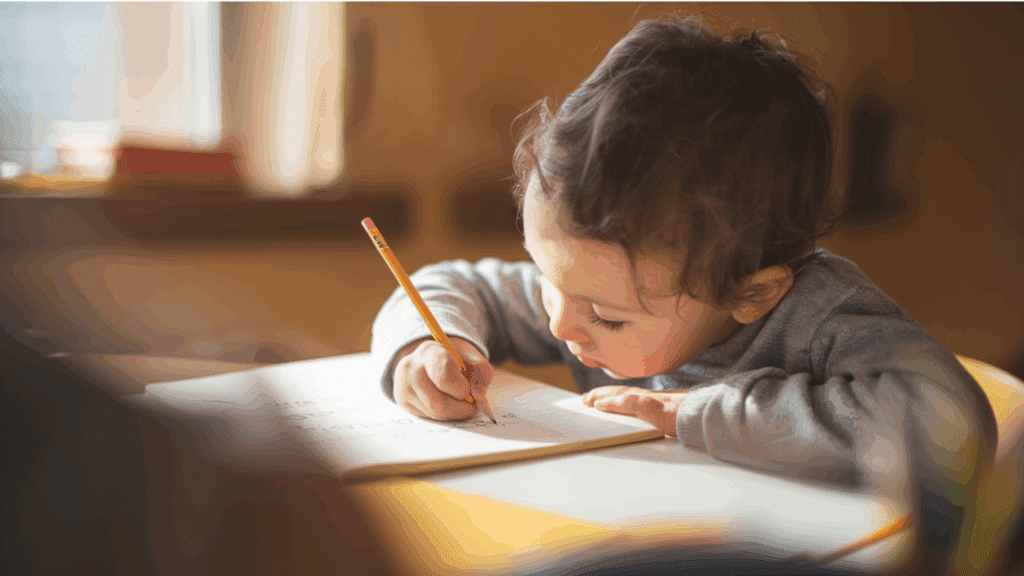Parents often struggle to find meaningful activities that help their toddlers grow emotionally. It’s hard to know which games build social skills and which are just fun without purpose.
You don’t need fancy toys or complex methods to help your child develop emotional intelligence. Simple, everyday activities can teach toddlers how to understand feelings, share with others, and build confidence.
This blog walks you through practical, easy-to-implement social-emotional activities for toddlers that support your child’s social and emotional growth.
We’ll cover how to set up social-emotional activities for toddlers, what skills they build, and how to adapt them as your toddler grows.
Why Are Social Emotional Activities Important for Toddlers?

Helping toddlers grow into well-rounded individuals takes more than just teaching ABCs and 123s. The early years form the foundation for how children interact with the world around them.
Social and emotional skills are just as important as academic ones. Learning social-emotional activities for toddlers is important, yet they often get less attention in busy family routines.
The following are a few important aspects of social-emotional activities for toddlers.
- They help toddlers identify and express their feelings in healthy ways
- These activities build the basis for making friends and working with others
- They teach self-control and how to handle big emotions without meltdowns
- They boost a child’s confidence and self-esteem through positive interactions
- They improve communication skills as children learn to express needs and wants
- They create stronger bonds between parents and children through shared experiences
- They lay the groundwork for success in school and other structured settings
- They reduce behavior problems by giving toddlers proper outlets for their emotions
- These skills help children cope with change and new situations more easily
- They promote empathy as toddlers learn to recognize feelings in others
Playful Learning: Social Emotional Activities for Toddlers
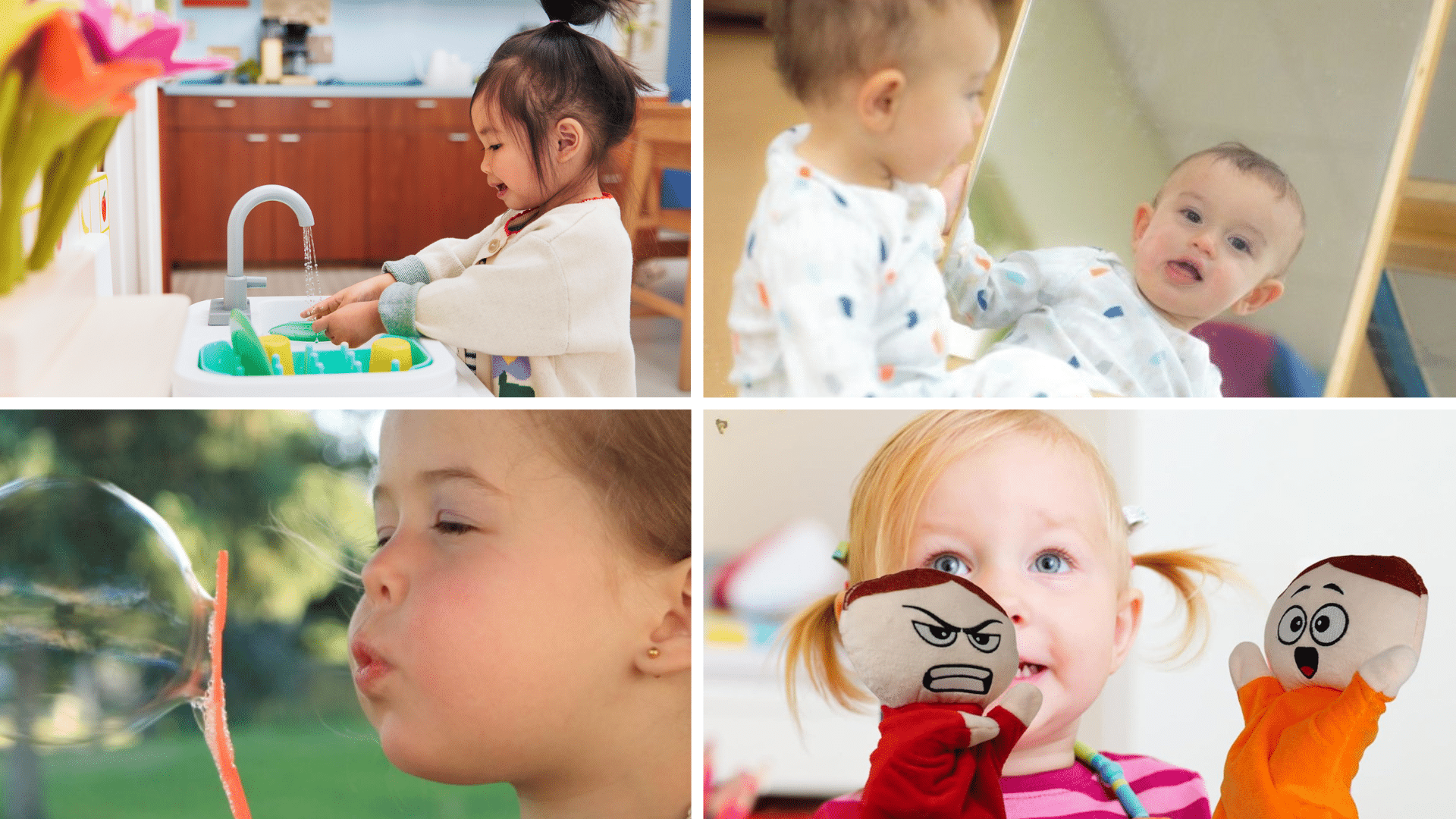
The early years of a child’s life set the stage for future growth and learning. During this time, toddlers are like sponges, taking in everything around them.
Social and emotional skills are critical building blocks that help them form positive relationships, manage feelings, and gain confidence.
Let’s learn about some simple yet effective activities that can nurture these important skills in your little one.
1. Emotion Flashcards
Creating and using emotion flashcards helps toddlers put names to feelings they experience daily. This simple activity builds emotional vocabulary and helps children recognize facial expressions. You can make these cards together, adding a personal touch while spending quality time with your child.
Things you’ll need:
- Cardstock or thick paper
- Markers or crayons
- Pictures from magazines (optional)
- Scissors
- Glue
How to play: Show your toddler one card at a time and name the emotion. Ask them to make that face or tell you when they felt that way.
Benefits:
- Builds emotional vocabulary
- Helps recognize facial expressions
- Improves memory skills
- Creates a foundation for emotional intelligence
2. Mirror Play
Mirror play is a straightforward yet powerful way for toddlers to connect facial expressions with emotions. When they see their own face change as they mimic happy, sad, or angry expressions, they gain body awareness and emotional recognition skills that last a lifetime.
Things you’ll need:
- A safe, child-sized mirror
- A comfortable space
- List of emotions to act out
How to play: Stand with your toddler in front of the mirror and make different facial expressions. Name each emotion as you show it and encourage them to copy you.
Benefits:
- Builds self-awareness
- Connects feelings with facial expressions
- Strengthens parent-child bond
- Enhances non-verbal communication skills
3. Feeling Songs
Songs about feelings create a fun way for toddlers to learn about emotions through music and movement. The combination of melody, words, and actions helps them remember emotional concepts while having fun. This activity works well for groups or one-on-one interactions.
Things you’ll need:
- Songs about feelings (like “If You’re Happy and You Know It”)
- Open space for movement
- Props like scarves or stuffed animals (optional)
How to play: Sing songs that name different emotions and include matching actions. Encourage your toddler to sing along and do the movements that express each feeling.
Benefits:
- Connects music with emotional concepts
- Teaches emotional expression through movement
- Builds vocabulary
- Makes learning about feelings fun
4. Stuffed Animal Hospital
These social-emotional activities for toddlers let toddlers practice care and empathy by “helping” stuffed animals who aren’t feeling well. By taking care of their toys, children develop compassion and learn to identify when others might need comfort or assistance, building important social skills for later life.
Things you’ll need:
- Stuffed animals
- Play medical kit or household items like bandages
- Blankets
- Play with food and dishes
How to play: Set up a “hospital” where stuffed animals need care. Ask your toddler what might help each animal feel better, and work together to provide that care.
Benefits:
- Develops empathy and care for others
- Practices nurturing behaviors
- Builds imaginative play skills
- Teaches how to comfort others
5. Sharing Practice
Sharing doesn’t come naturally to toddlers, but this activity makes learning to share more concrete and fun. By taking turns with attractive toys and receiving praise for sharing, toddlers begin to understand this important social skill through positive experiences.
Things you’ll need:
- Timer or music
- Toys that appeal to your child
- Snacks for sharing (optional)
- A second child or adult to practice with
How to play: Start with a toy that interests your child. Set a timer for one minute and explain that when it rings, it’s time to pass the toy to the next person.
Benefits:
- Teaches turn-taking
- Makes sharing concrete with visual cues
- Builds patience
- Introduces the concept of fairness
6. Bubble Feelings
Bubble popping combines physical fun with emotional learning as toddlers name feelings before popping each bubble. This activity gets children moving while creating natural opportunities to talk about different emotions in a light-hearted, stress-free way.
Things you’ll need:
- A bubble solution and a wand
- Open space indoors or outdoors
- List of feelings to work with
How to play: Blow bubbles, and before your toddler pops each one, call out a feeling. They can pop angry bubbles hard or happy bubbles with a gentle touch.
Benefits:
- Associate physical actions with emotions
- Provides sensory stimulation
- Improves hand-eye coordination
- Makes talking about feelings fun
7. Feelings Storytime
Reading books about emotions helps toddlers understand that everyone has feelings. Stories provide safe ways to find difficult emotions through characters, building empathy, and giving children words to express their own experiences in daily life.
Things you’ll need:
- Books about feelings
- Comfortable reading space
- Time for discussion
- Pillows or stuffed animals for comfort
How to play: Read stories featuring characters with different emotions. Stop occasionally to ask how the character might feel and why, relating it to your child’s experiences.
Benefits:
- Expands emotional vocabulary
- Shows emotions in context
- Builds listening skills
- Creates empathy for others’ feelings
8. Calm Down Corner
A calm-down corner gives toddlers a safe space to work through big emotions. This designated area teaches children that all feelings are okay while providing tools to self-regulate, an essential skill they’ll use throughout life in stressful situations.
Things you’ll need:
- Comfortable pillows or a bean bag
- Sensory items like stress balls or fidget toys
- Picture books about feelings
- Soft music player (optional)
How to play: Create a cozy corner with calming items. When your toddler shows signs of distress, guide them to this space and demonstrate deep breathing or other calming techniques.
Benefits:
- Provides a safe space for big feelings
- Teaches self-regulation skills
- Gives tools for emotional management
- Shows that all emotions are acceptable
9. Puppet Emotions
Puppets create a playful bridge for toddlers to talk about feelings that might otherwise be hard to express. Children often find it easier to identify emotions in others first, and puppets provide a non-threatening way to practice these important skills.
Things you’ll need:
- Hand puppets or sock puppets
- Different scenarios to act out
- A small table or surface for the puppet show
- Props (optional)
How to play: Use puppets to act out simple scenarios with different emotions. Ask your toddler what the puppet might be feeling and why, then discuss what might help.
Benefits:
- Creates emotional distance for difficult topics
- Makes emotions less scary
- Builds storytelling skills
- Enhances emotional vocabulary
10. Dancing Feelings
This activity connects physical movement with emotional expression in a fun, engaging way. Toddlers learn that their bodies can show their feelings, and they practice matching movements to different emotional states while enjoying music and movement.
Things you’ll need:
- Music with different tempos and moods
- Open space to move
- Scarves or ribbons (optional)
- Pictures of emotions (optional)
How to play: Play music that evokes different feelings. Show your toddler how to dance to express each emotion, then let them create their own movements for how they feel.
Benefits:
- Connects emotions with physical sensations
- Provides a healthy emotional outlet
- Improves gross motor skills
- Makes emotional expression fun
11. Helping Hands
Toddlers feel capable and connected when they help with simple tasks. This activity builds confidence through the successful completion of age-appropriate chores while teaching that we can use our hands to help others, strengthening social bonds and empathy.
Things you’ll need:
- Simple chores appropriate for toddlers
- Child-sized tools (small broom, cloth)
- Timer (optional)
- Stickers for completion (optional)
How to play: Choose simple tasks your toddler can help with. Demonstrate how to do each task, then guide their hands as needed while explaining how their help makes a difference.
Benefits:
- Builds confidence and competence
- Teaches responsibility
- Shows care for others
- Creates a sense of belonging
12. Friendship Soup
This is one of the most imaginative social-emotional activities for toddlers, including activity that teaches cooperation and sharing through pretend cooking. Toddlers practice taking turns adding ingredients to their “friendship soup,” learning that everyone’s contribution matters while building early math and sequence skills.
Things you’ll need:
- Play kitchen items or a real pot and spoon
- Pretend or real food items
- Water or dried beans
- Paper to draw a “recipe”
How to play: Set up a pretend cooking station where each person adds an ingredient to the friendship soup. Talk about how each addition makes the soup better, just like friends make life better.
Benefits:
- Teaches cooperation
- Shows the value of each person’s contribution
- Builds imaginative play skills
- Introduces sequences and patterns
13. Feelings Freeze Dance
This twist on freeze dance adds an emotional dimension to a classic game. Toddlers match their frozen poses to different feelings, learning to identify and express emotions through their bodies while having fun with music and movement.
Things you’ll need:
- Music player
- Open space
- List of emotions
- Energy for dancing
How to play: Play music for dancing. When you pause it, call out an emotion and have your toddler freeze in a pose that shows that feeling.
Benefits:
- Connects body positions with emotions
- Improves listening skills
- Builds self-control (stopping on cue)
- Makes emotional learning active and fun
14. Nature Face Hunt
This outdoor activity helps toddlers spot patterns that look like faces, strengthening their ability to recognize emotional expressions. It combines fresh air and movement with facial recognition skills in a way that feels like a treasure hunt rather than a lesson.
Things you’ll need:
- Outdoor space (park, yard, trail)
- Camera or paper for recording findings
- Imagination
- Collection bag (optional)
How to play: Walk outside looking for things that resemble faces (knots in trees, rocks, leaf arrangements). When you find one, talk about what emotion it seems to show.
Benefits:
- Builds pattern recognition
- Connects nature with emotions
- Encourages outdoor exploration
- Enhances observation skills
15. Emotion Dress Up
Dressing up to express different emotions lets toddlers literally try on feelings in a playful way. This activity builds emotional vocabulary while engaging imagination, and children love the physical transformation that comes with costume play.
Things you’ll need:
- Simple costume items (hats, scarves, glasses)
- Mirror
- Emotion cards or a list
- Camera for memories (optional)
How to play: Choose an emotion for your toddler to act out. Help them pick clothes or accessories that match that feeling, then encourage them to move and speak like someone feeling that way.
Benefits:
- Makes abstract emotions concrete
- Builds pretend play skills
- Enhances emotional vocabulary
- Creates empathy through role play
16. Family Feeling Check-In
Regular feeling check-ins teach toddlers that talking about emotions is normal and healthy. This simple routine creates a foundation for emotional openness in your family, permitting children to express themselves while building strong communication habits for life.
Things you’ll need:
- Consistent time each day
- Emotion chart or cards (optional)
- Comfortable gathering spot
- Good listening skills
How to play: Gather together at the same time each day and take turns sharing feelings. Keep it simple with toddlers: “I feel happy because the sun is out. How do you feel?”
Benefits:
- Normalizes talking about feelings
- Creates a family connection
- Builds listening skills
- Establishes emotional awareness routines
17. Texture Feelings Box
This is one of the most imaginative social-emotional activities for toddlers. The sensory activity connects physical textures with emotional concepts. Toddlers learn that feelings, like textures, can be different from each other but all valid, building emotional vocabulary through concrete, hands-on experiences they can literally touch.
Things you’ll need:
- Box with a hand hole or a fabric bag
- Various texture items (soft, rough, bumpy)
- Emotion words to match textures
- Paper to record connections
How to play: Place different textured items in the box. As your toddler touches each one, talk about what feeling it might represent: “This soft cotton is gentle, like feeling calm.”
Benefits:
- Connects physical sensations with emotions
- Builds sensory discrimination skills
- Expands emotional vocabulary
- Makes abstract feelings concrete
The Bottom Line
Social-emotional activities for toddlers create lasting impacts for toddlers that go far beyond playtime. These simple games help children build the foundation for healthy relationships and emotional well-being throughout life.
By making these activities part of your daily routine, you’re giving your child tools to understand their feelings and connect with others. The best part? No special equipment or expert knowledge needed, just your time and attention.
Start with one or two activities that seem most interesting to your child. Watch how they respond and adjust as needed. Remember that consistency matters more than perfection.
What’s your next step? Pick a few social-emotional activities for toddlers from our list and try them today. Your toddler’s social and emotional growth starts with these small, purposeful moments of play.



